The foreign exchange (forex) market is the largest market in the world because currency
is changing hands whenever goods and services are traded between
nations. The sheer size of the transactions going on between nations
provides arbitrage opportunities for speculators,
because the currency values fluctuate by the minute. Usually these
speculators make many trades for small profits, but sometimes a big
position is taken up for a huge profit or, when things go wrong, a huge
loss. In this article, we'll look at the greatest currency trades ever
made.
How the Trades Are MadeFirst, it is essential to understand how money is made in the forex market. Although some of the techniques are familiar to stock investors, currency trading is a realm of investing in and of itself. A currency trader can make one of four bets on the future value of a currency:
How the Trades Are MadeFirst, it is essential to understand how money is made in the forex market. Although some of the techniques are familiar to stock investors, currency trading is a realm of investing in and of itself. A currency trader can make one of four bets on the future value of a currency:
- Shorting a currency means that the trader believes that the currency will go down compared to another currency.
- Going long means that the trader thinks the currency will increase in value compared to another currency.
- The other two bets have to do with the amount of change in either direction - whether the trader thinks it will move a lot or not much at all - and are known by the provocative names of strangle and straddle. (For details on those strategies, read our Forex Walkthrough and Straddle Strategy A Simple Approach To Market Neutral.)
Once you're decided on which bet you want to place, there are many ways
to take up the position. For example, if you wanted to short the
Canadian dollar (CAD),
the simplest way would be to take out a loan in Canadian dollars that
you will be able to pay back at a discount as the currency devalues
(assuming you're correct).
This is much too small and slow for true forex traders, so they use puts, calls, other options and forwards to build up and leverage their positions. It's the leveraging in particular that makes some trades worth millions, and even billions, of dollars. (For more on the mechanics of the forex market, see our Forex Tutorial and Getting Started In Forex.)
No. 3: Andy Krieger Vs. The KiwiIn 1987, Andy Krieger, a 32-year-old currency trader at Bankers Trust, was carefully watching the currencies that were rallying against the dollar following the Black Monday crash. As investors and companies rushed out of the American dollar and into other currencies that had suffered less damage in the market crash, there were bound to be some currencies that would become fundamentally overvalued, creating a good opportunity for arbitrage. The currency Krieger targeted was the New Zealand dollar, also known as the kiwi.
Using the relatively new techniques afforded by options, Krieger took up a short position against the kiwi worth hundreds of millions. In fact, his sell orders were said to exceed the money supply of New Zealand. The kiwi dropped sharply as the selling pressure combined with the lack of currency in circulation. It yo-yoed between a 3% and 5% loss while Krieger made millions for his employers.
This is much too small and slow for true forex traders, so they use puts, calls, other options and forwards to build up and leverage their positions. It's the leveraging in particular that makes some trades worth millions, and even billions, of dollars. (For more on the mechanics of the forex market, see our Forex Tutorial and Getting Started In Forex.)
No. 3: Andy Krieger Vs. The KiwiIn 1987, Andy Krieger, a 32-year-old currency trader at Bankers Trust, was carefully watching the currencies that were rallying against the dollar following the Black Monday crash. As investors and companies rushed out of the American dollar and into other currencies that had suffered less damage in the market crash, there were bound to be some currencies that would become fundamentally overvalued, creating a good opportunity for arbitrage. The currency Krieger targeted was the New Zealand dollar, also known as the kiwi.
Using the relatively new techniques afforded by options, Krieger took up a short position against the kiwi worth hundreds of millions. In fact, his sell orders were said to exceed the money supply of New Zealand. The kiwi dropped sharply as the selling pressure combined with the lack of currency in circulation. It yo-yoed between a 3% and 5% loss while Krieger made millions for his employers.
No. 2: Stanley Druckenmiller Bets on the Mark - TwiceStanley Druckenmiller made millions by making two long bets in the same currency while working as a trader for George Soros' Quantum Fund.
Druckenmiller's first bet came when the Berlin Wall fell. The perceived difficulties of reunification between East and West Germany had depressed the German mark to a level that Druckenmiller thought extreme. He initially put a multimillion-dollar bet on a future rally until Soros told him to increase his purchase to 2 billion German marks. Things played out according to plan and the long position came to be worth millions of dollars, helping push the returns of the Quantum Fund over 60%.
Possibly due to the success of his first bet, Druckenmiller also made the German mark an integral part of the greatest currency trade in history. A few years later, while Soros was busy breaking the Bank of England, Druckenmiller was going long in the mark on the assumption that the fallout from his boss's bet would drop the British pound against the mark. Druckenmiller was confident that he and Soros were right and showed this by buying British stocks. He believed that Britain would have to slash lending rates, thus stimulating business, and that the cheaper pound would actually mean more exports compared to European rivals. Following this same thinking, Druckenmiller bought German bonds on the expectation that investors would move to bonds as German stocks showed less growth than the British. It was a very complete trade that added considerably to the profits of Soros' main bet against the pound. (Read more about currency devaluation in What Causes A Currency Crisis?)
No. 1: George Soros Vs. The British PoundThe British pound shadowed the German mark leading up to the 1990s even though the two countries were very different economically. Germany was the stronger country despite lingering difficulties from reunification, but Britain wanted to keep the value of the pound above 2.7 marks. Attempts to keep to this standard left Britain with high interest rates and equally high inflation, but it demanded a fixed rate of 2.7 marks to a pound as a condition of entering the European Exchange Rate Mechanism (ERM). (Learn more about why some countries peg their rates in Floating And Fixed Exchange Rates.)
Many speculators, George Soros chief among them, wondered how long fixed exchange rates could fight market forces, and they began to take up short positions against the pound. Soros borrowed heavily to bet more on a drop in the pound. Britain raised its interest rates to double digits to try to attract investors. The government was hoping to alleviate the selling pressure by creating more buying pressure.
Paying out interest costs money, however, and the British government realized that it would lose billions trying to artificially prop up the pound. It withdrew from the ERM and the value of the pound plummeted against the mark. Soros made at least $1 billion off this one trade. For the British government's part, the devaluation of the pound actually helped, as it forced the excess interest and inflation out of the economy, making it an ideal environment for businesses.
A Thankless JobAny discussion around the top currency trades always revolves around George Soros, because many of these traders have a connection to him and his Quantum Fund. After retiring from active management of his funds to focus on philanthropy, Soros made comments about currency trading that were seen as expressing regret that he made his fortune attacking currencies. It was an odd change for Soros who, like many traders, made money by removing pricing inefficiencies from the market. Britain did lose money because of Soros and he did force the country to swallow the bitter pill of withdrawing from the ERM, but many people also see these drawbacks to the trade as necessary steps that helped Britain emerge stronger. If there hadn't been a drop in the pound, Britain's economic problems may have dragged on as politicians kept trying to tweak the ERM. (For related reading, see Working Through The Efficient Market Hypothesis.)
Conclusion
A country can benefit from a weak currency as much as from a strong one. With a weak currency, the domestic products and assets become cheaper to international buyers and exports increase. In the same way, domestic sales increase as foreign products go up in price due to the higher cost of importing. There were very likely many people in Britain and New Zealand who were pleased when speculators brought down the overvalued currencies. Of course, there were also importers and others who were understandably upset. A currency speculator makes money by forcing a country to face realities it would rather not face. Although it's a dirty job, someone has to do it.
You can learn more about the basics of this market at Common Questions About Currency Trading and Top 8 Most Tradeable Currencies.








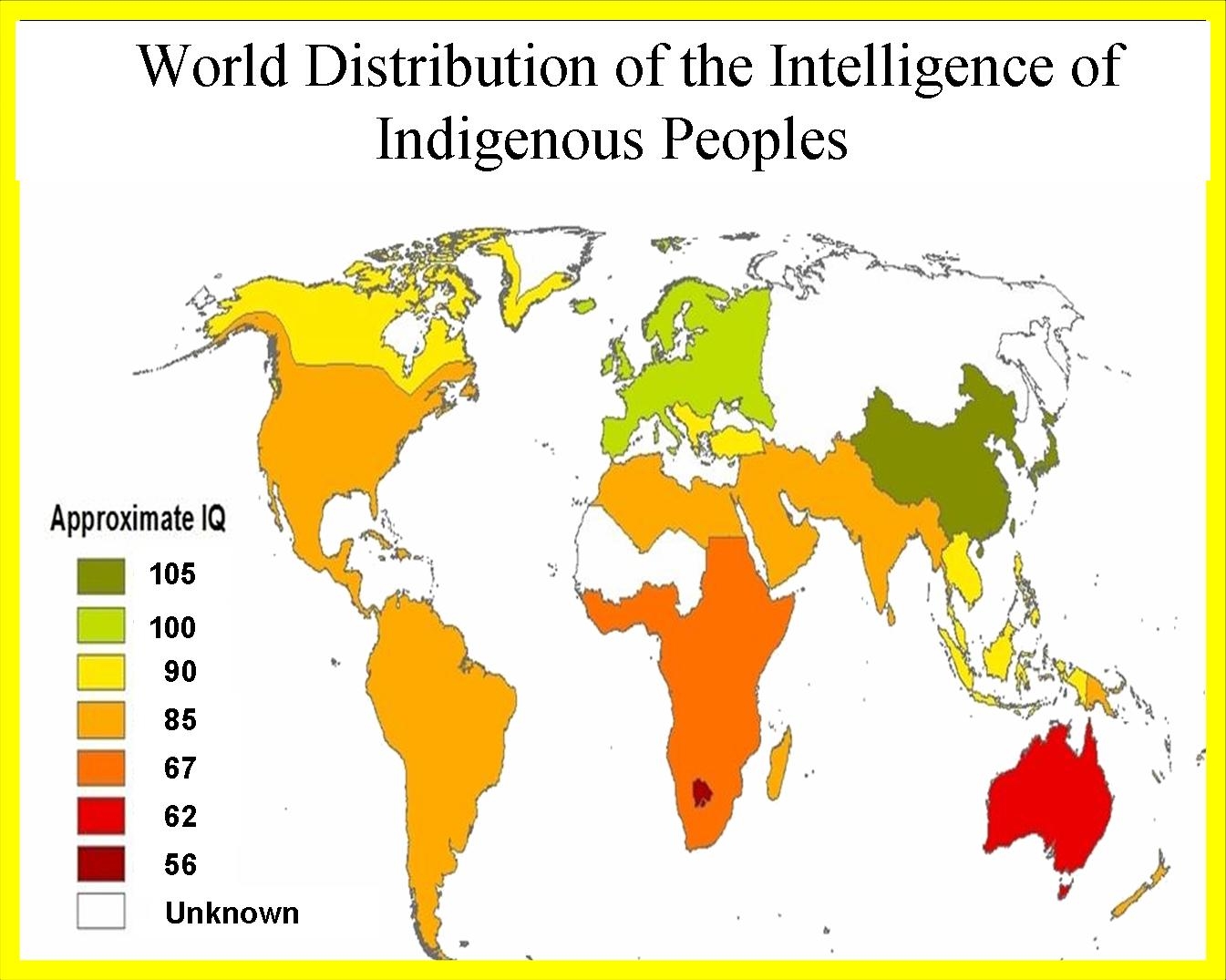

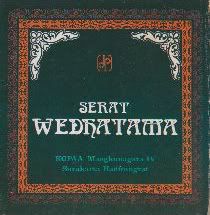

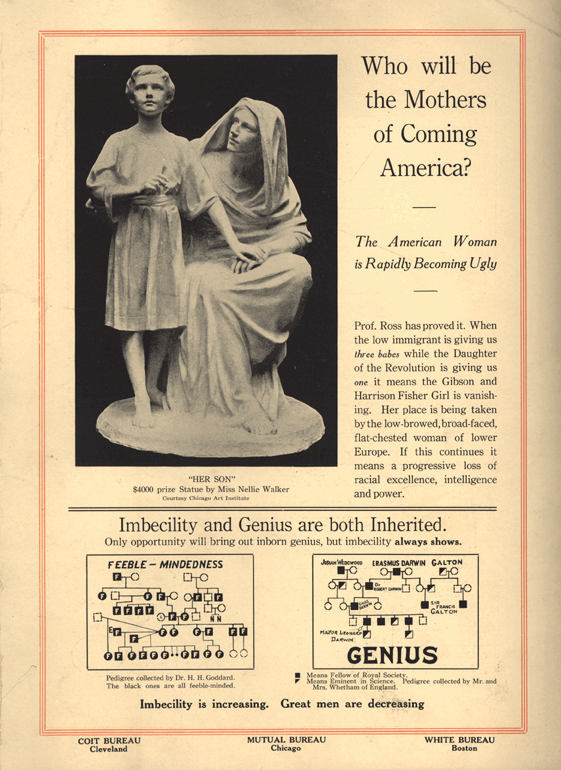
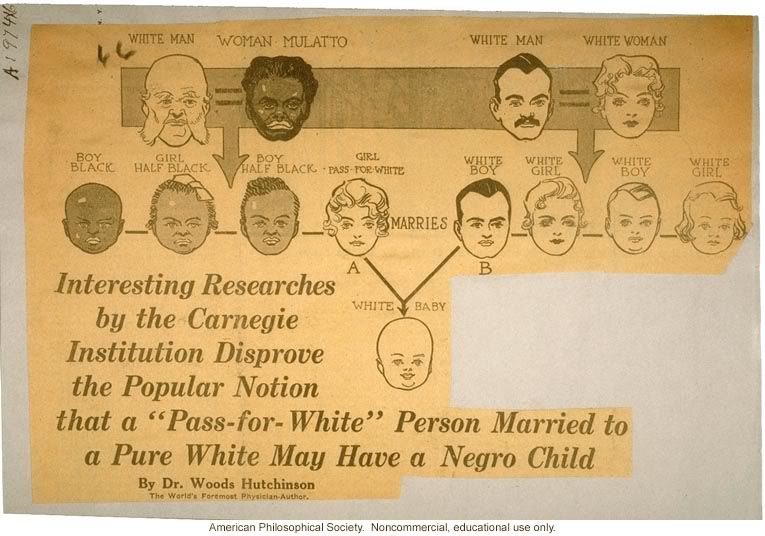


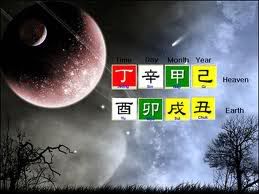







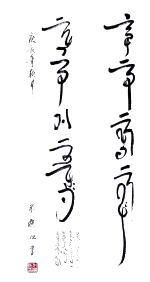
![[Most Recent Quotes from www.kitco.com]](http://www.kitconet.com/images/quotes_special.gif)






Tidak ada komentar:
Posting Komentar